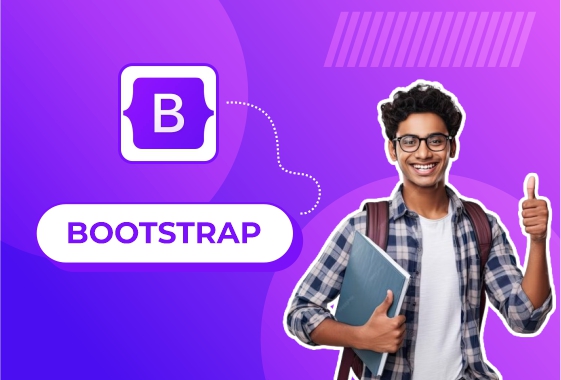
Retail Store Footfall Prediction System
Description:
The Retail Store Footfall Prediction System is a data science and analytics platform designed to forecast the number of visitors a retail store will receive at specific times, days, or seasons.
By leveraging historical footfall data, sales records, local events, weather conditions, holidays, and promotional campaigns, this system enables store managers to optimize staffing, inventory management, and marketing strategies.
The predictive model uses machine learning techniques to identify patterns and seasonality in customer visits, helping retail businesses make data-driven operational decisions and maximize profitability.
Key Features:
-
Historical Data Analysis – Processes past footfall and sales data to detect trends.
-
Time-Series Forecasting – Predicts foot traffic for daily, weekly, or seasonal intervals.
-
Event & Holiday Impact Modeling – Adjusts predictions based on local events, festivals, and public holidays.
-
Weather-Influenced Predictions – Considers weather patterns that may increase or decrease store visits.
-
Promotion Effect Measurement – Evaluates how discounts, offers, or advertising campaigns affect foot traffic.
-
Real-Time Footfall Tracking – Integrates with IoT sensors or counters to capture live data.
-
Heatmaps & Visual Dashboards – Displays peak traffic hours and visitor patterns in a user-friendly interface.
-
Alert System – Sends notifications when an unexpected surge or drop in traffic is detected.
Technology Stack:
-
Backend: Node.js / PHP / Java (for APIs, business logic, and data processing)
-
Frontend: HTML, CSS, Bootstrap, JavaScript (for dashboard UI and charts)
-
Database: MySQL / MongoDB (to store footfall logs, prediction results, and events)
-
Machine Learning: Python (statsmodels, Prophet, scikit-learn) for time-series forecasting
-
Visualization: Chart.js, D3.js for trend graphs; Leaflet.js for geo-location mapping (if multiple branches)
-
IoT Integration: APIs to connect with footfall sensors or camera-based counting systems
Example Use Case:
-
A fashion retail chain uses the system to forecast that Saturday afternoons in December will see a 40% higher footfall due to holiday shopping.
-
The store schedules extra staff and increases inventory of high-demand items, resulting in 15% higher sales and shorter checkout queues.





